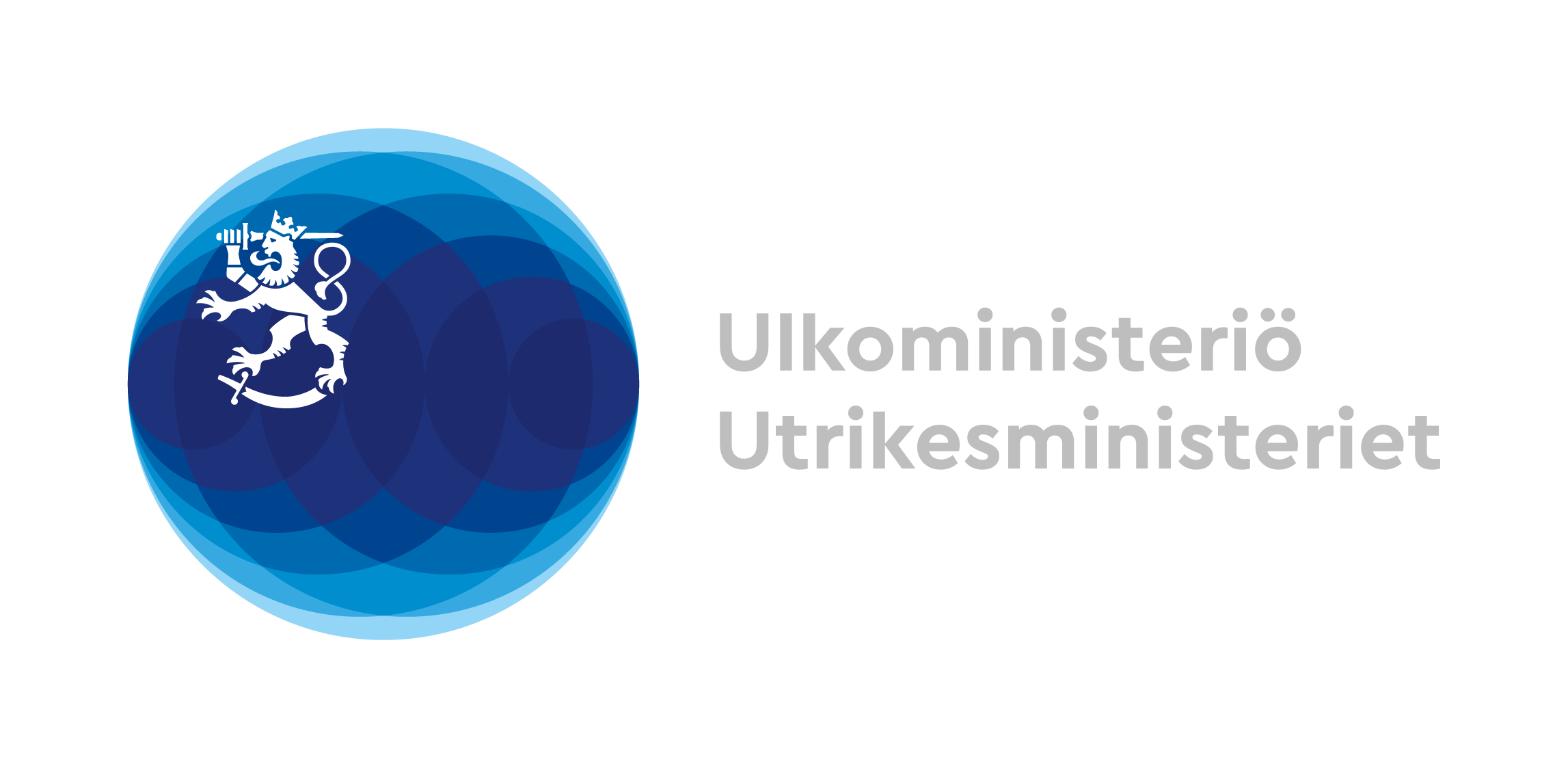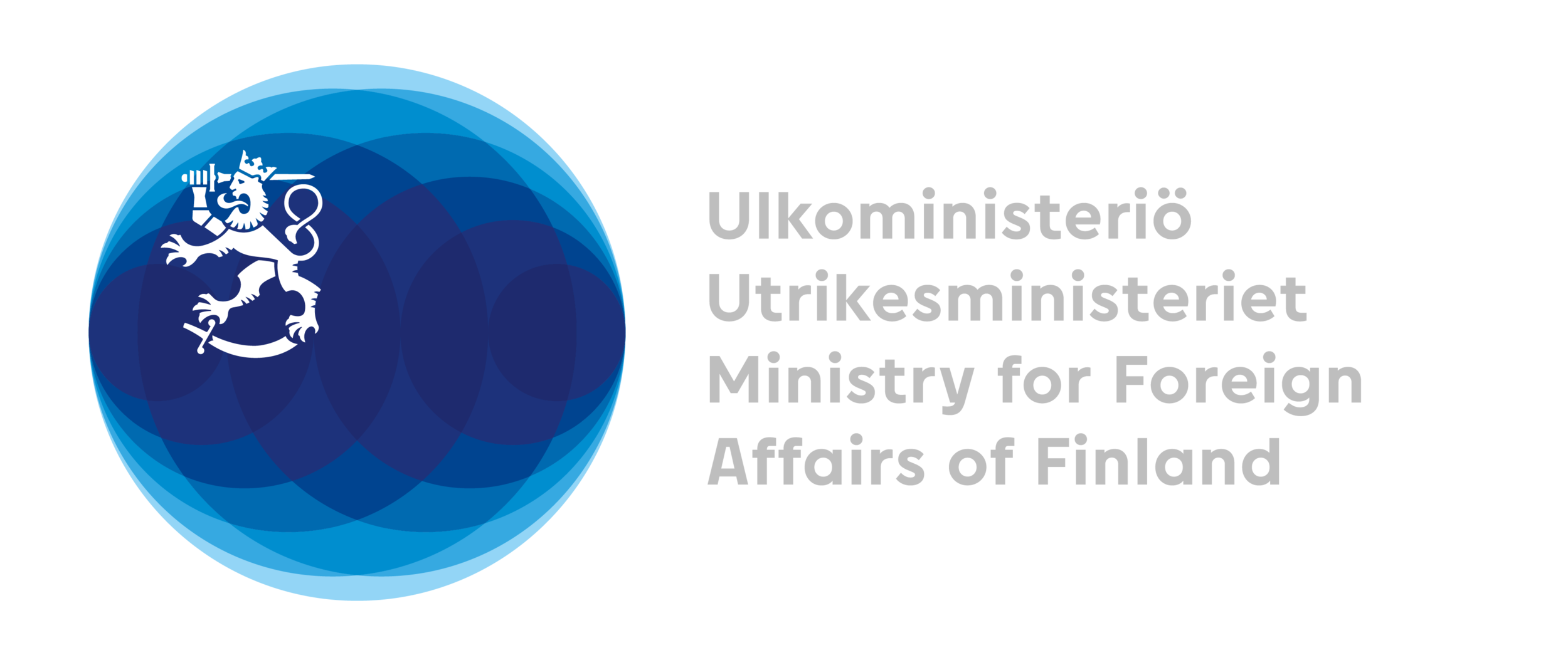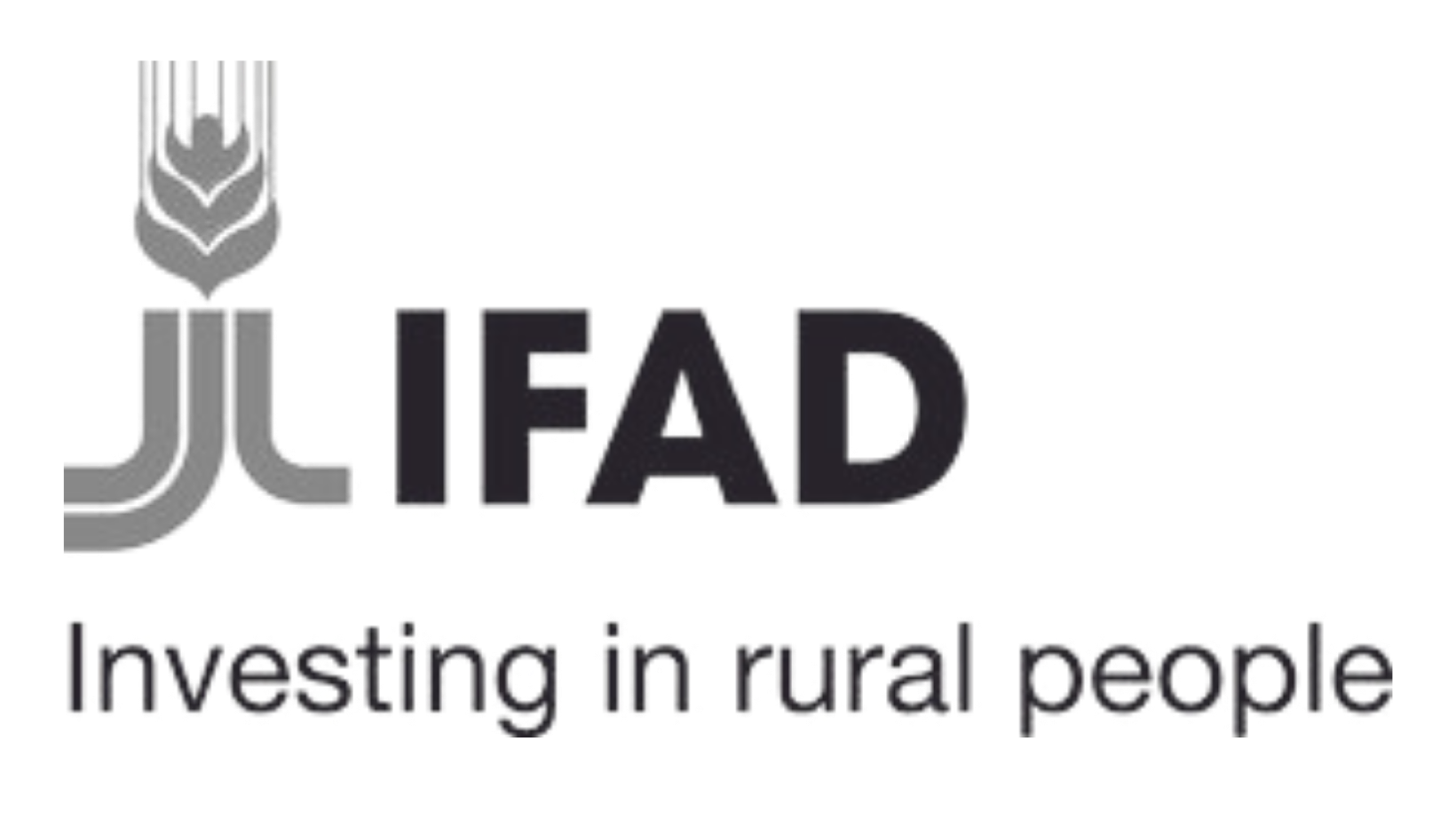Fish farming has bettered livelihoods in the Nepal Terai, with more and more women taking up the activity. The Finnish Agri-Agency for Food and Forest Development’s (FFD) support to three women fish farming cooperatives has reached over 300 women and their families. Over the past decade, this support has ranged from digging small garden fishponds, to establishing women groups and cooperatives, and mainstreaming their activities. In the latest phase, FFD is supporting women fish farmers in their entrepreneurship journeys and income generation.
Flooding in Nawalparasi during the monsoon season. Photo: Sundardeep Women Fish Farmers’ Cooperative.
The women have received training on how to start a business, how to make business plans, how to develop their products and how to market them. The women fish farmers involved are, however, in the very best sense of the word: multitaskers. They not only manage their households, alongside their fish farms, but are also involved in other types of agricultural work from rice farming to vegetable farming and livestock farming. However, they are working together in cooperatives, which lends them the opportunity to divide time as well as share responsibilities and resources amongst themselves.
However, fish farming in Nepal comes with other challenges. Climate change comes with risks to livelihoods, food security and nutrition. Changes in temperature and rainfall patterns are a huge problem. On the one hand, extreme hot weather conditions result in water scarcity and lowering of ground water tables and negatively affect fish farming activities. On the other hand, heavy rainfall and monsoons cause flooding which damage dykes around fishponds and leads to losses of fish. In 2020, for instance over 80% of fishponds in the entire country were affected by floods.
Damaged fishponds due to flooding in Nawalparasi during the monsoon season. Photo: Sundardeep Women Fish Farmers’ Cooperative.
In 2021, the project provided 86 women fish farmers support in the preparation of their fishponds, to help construct the dykes to better withstand flooding. Furthermore, women fish farmers were also provided information on how stresses from flood and drought impact fish health in carps and how to mitigate these stresses, through regulation of oxygen levels and proper water management techniques. Among, the project beneficiaries, Mishrit Fish Farming Cooperative in Nawalparasi has been the most affected by floods. The Narayani River that flows through the region is prone to flooding during the monsoon season. The flooding also subsequently leads to landslides. A nearby dam in Sitapur also causes frequent flooding. Existing flood based early warning systems are not very reliable and not all areas in Nepal are covered. For this reason, an early warning system is being installed to serve the fish farmers and community in the Nandapur area in Nawalparasi. This will be implemented through a public-private-partnership including FFD, the Mishrit Fish Farming Cooperative and the Madhyabindu Municipality. The Department of Hydrology and Meteorology of Nepal will also support the venture, by providing accurate and current data of water levels.
Other challenges, however, remain. Animals like crocodiles may also venture out further from their normal habitat range during the rains. The Mishrit Fish Farming Cooperative, for example, was caught off-guard when a crocodile ventured into the village causing fear and mayhem. The villagers came together to capture the beast and release it into the river far away from the village. However, crocodiles are known to venture into the nearby fishponds and are a cause of fear for the women fish farmers.
Other wild animals are also a concern for women fish farmers. Wild boar and rhino sometimes come to feed on vegetables on the dykes or in vegetable pads near the fishponds. In Chitwan, this challenge is being solved by creating buffer zones between the Chitwan National Park and residential areas. However, not every region in the Nepal Terai is next to a national park.
Chinta Mani Thanet, Mishrit Fish Farmers’ Cooperative holding off a rampant crocodile. Photo: Sundardeep Women Fish Farmers’ Cooperative.
To combat the challenges to fish farming caused by climate change and other natural phenomena, the project has organised several trainings and workshops on assessing climate risks and building resilience with the beneficiary cooperatives. Furthermore, consultations with a diverse group of stakeholders including fisheries and aquaculture experts, policy makers, academics and field practitioners have been held to gather their insights on climate risk mitigation and building resilience.
This has culminated in the development of ‘Guidelines for Climate Smart Fish Farming in Nepal’. The guidelines are targeted to fish farmers, fish feed producers, processors, traders, transporters, policy makers, fish farming experts and anyone working in the sector. The guidelines focus mainly on carp culture and offers an overview of the current practices and policies on fish farming in Nepal, and the challenges face. The guidelines discuss the climate risks associated with fish farming and how fish farming affects the climate and environment and conclude with suggestions for the reduction of the climate and environmental risks. The guidelines are available in English and Nepali. The collaborative nature undertaken in the development of these guidelines ensures that the voice of the Nepali women fish farmers is kept alive in decisions and actions that affect them.
Roseanna Avento
Kobe Global
Twinning Partner Representative Finnish Fish Farmers’ Association
The project: ‘Women for Entrepreneurship and Resilience - transforming fish-farming and forest value-chains’ project in Nepal’ is funded by the Ministry for Foreign Affairs of Finland from 2021-2024














